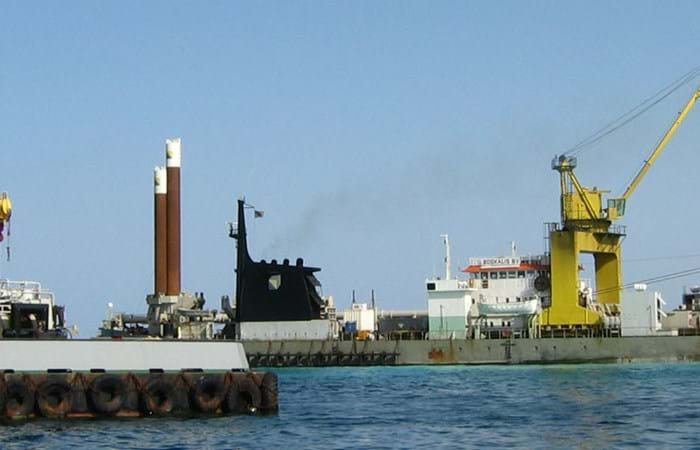West Libya aimed to enhance its position in the supply of continental Europe's energy needs. As the demand for cleaner energy was rising and gas consumption in Italy wasexpected to increase, Libya and Italy found common ground for cooperation. Construction of a 700 million USD gas treatment plant in Mellitah was the centrepiece of this West Libya gas project. The Mellitah plant is supplied with gas from the desert Wafa field, 520 kilometers south-west of Tripoli, and from the offshore Bahr Essalam field, 110 kilometers north of Tripoli.
The Libyan Gas Transmission Project, also called the Green Stream project, comprised the installation of a 32" gas pipeline across the Mediterranean Sea, approximately 516 kilometers long, from Mellitah landfall to Gela landfall at Sicily, Italy. The client was Green Stream, a joint venture between Agip Gas and the Libyan National Oil Company; the main contractor was Saipem S.p.A., who were also contracted for the installation of the offshore twin pipeline from Bahr Essalam gas field to the Mellitah plant. Boskalis Offshore B.V., in joint venture with Tideway B.V., executed the shore approach and landfall works. These included trench excavation (onshore and offshore), installation of pull arrangements, assistance during pipe pull and backfill (rock and sand) of the trenches.
